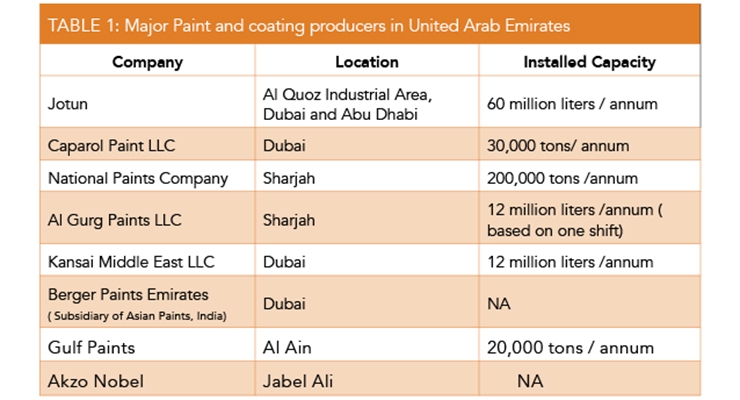Understand Just How Seasonal Problems Affect The Success Of Commercial Outside Paint And Find Out The Ideal Periods To Guarantee Long-Lasting Results For Your Task
Understand Just How Seasonal Problems Affect The Success Of Commercial Outside Paint And Find Out The Ideal Periods To Guarantee Long-Lasting Results For Your Task
Blog Article
Content Develop By-Regan Urquhart
When you're planning an industrial external painting project, seasonal variables can make or break your outcomes. You'll want to think about exactly how temperature level and humidity impact paint application and drying times. Picking the ideal season can guarantee your paint sticks correctly and lasts longer. However which periods are genuinely the most effective for this kind of job? Let's discover residential exterior paint solutions fort worth tx that can impact your task's success.
The Influence of Temperature Level on Paint Application
When you're intending an industrial external painting job, the temperature level can substantially affect exactly how well the paint adheres and dries out.
Preferably, you wish to paint when temperatures vary between 50 ° F and 85 ° F. If it's also chilly, the paint may not treat effectively, leading to problems like peeling or breaking.
On the other side, if it's as well hot, the paint can dry as well swiftly, stopping proper attachment and causing an irregular surface.
You should likewise think about the moment of day; early morning or late afternoon uses cooler temperature levels, which can be a lot more favorable.
Always check the supplier's referrals for the specific paint you're using, as they typically provide support on the ideal temperature array for ideal results.
Moisture and Its Effect on Drying Times
Temperature isn't the only environmental factor that affects your business external painting project; humidity plays a significant duty as well. High humidity degrees can slow down drying out times significantly, impacting the general quality of your paint task.
When the air is filled with dampness, the paint takes longer to treat, which can bring about issues like poor attachment and a greater risk of mildew growth. If you're repainting on an especially humid day, be prepared for prolonged wait times between layers.
It's essential to check regional climate condition and plan as necessary. Preferably, go for humidity degrees between 40% and 70% for optimal drying.
Maintaining these consider mind ensures your task remains on track and provides a lasting coating.
Best Seasons for Commercial Outside Paint Projects
What's the most effective time of year for your commercial outside painting jobs?
Springtime and very early fall are commonly your best options. During these seasons, temperatures are moderate, and moisture degrees are usually reduced, creating optimal conditions for paint application and drying out.
Avoid summer's intense heat, which can create paint to completely dry also swiftly, causing bad attachment and coating. Similarly, winter season's chilly temperature levels can prevent correct drying and healing, running the risk of the long life of your paint job.
Go for days with temperatures between 50 ° F and 85 ° F for ideal outcomes. Bear in mind to check the neighborhood weather report for rain, as damp problems can destroy your task.
Planning around these aspects guarantees your painting project runs efficiently and lasts much longer.
Verdict
Finally, intending your industrial exterior paint tasks around seasonal factors to consider can make a considerable distinction in the end result. By organizing work during the suitable temperatures and humidity levels, you'll guarantee better attachment and drying out times. Bear in mind to keep an eye on local weather prediction and pick the right time of year-- springtime and very early fall are your best bets. Taking these steps will certainly help you attain a sturdy and professional surface that lasts.
